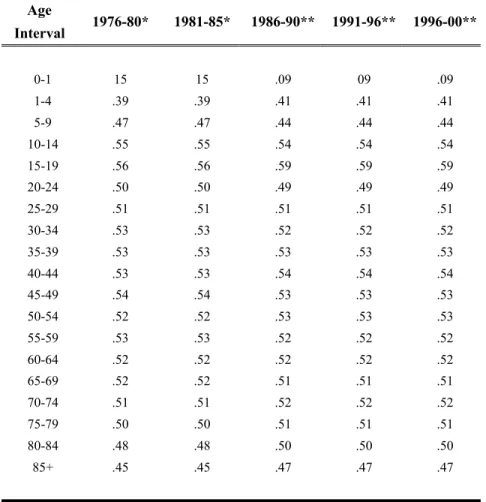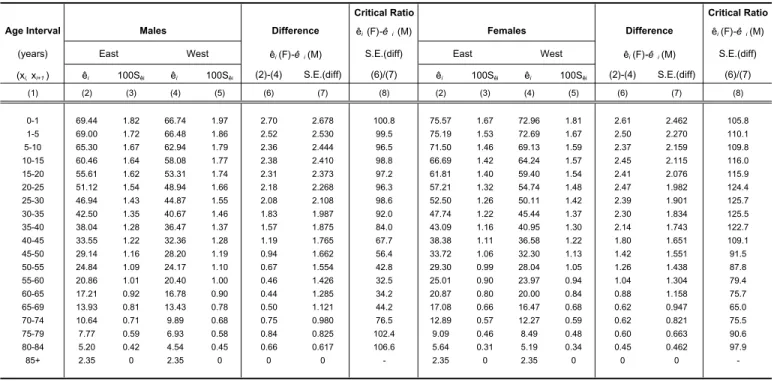Abridged Life Tables for Registered Indians in Canada, 1976-1980 to 1996-2000
Texto
Imagem


Documentos relacionados
Os extratos foram submetidos a sucessivas separações por (CC) cromatografia em coluna, Cromatografia em Camada Delgada Preparativa (CCDP) e Cromatografia em Camada Delgada
De forma bastante geral, a reestruturação a partir da década de 1980, levada a cabo pelos governos dos países centrais, pelas grandes corporações, pelos grandes bancos e
Innovation, thus, is not only articulated with the creation of economic value, with the change of policy into technocracy or the technological-political
A melhoria das condições económicas era outro dos factores de atração no processo migratório, a renumeração e as condições de trabalho eram bem superiores nas
De registar as peças de artilharia, tais como os canhões de ferro, as balas de mosquete, as bolsas de escumilha; os elementos do aparelho do navio como uma âncora de ferro;
The SIMDualKc model, that adopts the dual crop coefficient approach, was successfully calibrated and validated for simulating capillary rise from the groundwater table using
Evidências mostram que a gênese do Depósito de Cu-Au Chapada também está relacionada a processos hidrotermais epigenéticos, marcados pela transformação de magnetita-biotita
No item final, pretende-se verificar, sob a ótica do Príncipe Eletrônico (Octavio Ianni), como as mídias sociais tem subvertida a utilização da teledemocracia